The Glengarry bonnet was made part of the uniform of the Glengarry Fencibles when they were formed in 1794. Alasdair Ronaldson Macdonell of Glengarry was the one who invented the style. Balmoral bonnets may have bent and creased earlier, possibly originating the Glengarry. Different colors of wool represent different Regiments and the same goes for the colors of the diced band.
From 1868 to 1902, the Glengarry served as the undress cap for ordinary duty.. And walking out dressed for most British soldiers. With time, more regions and departments started using the Glengarry Bonnets as part of the uniform. British and other police forces around the world later widely adopted the diced band for their caps.
Perfect for formal occasions, ceremonial events, or simply as a stylish accessory, this cap’s timeless design and versatile color scheme make it a standout choice for those seeking to honor Scottish heritage with a modern twist. Scottish Kilt Shop offers the widest range of Scottish Balmoral Bonnets, Glengarry Hats, Irish Caubeen Caps, and Tammie Hats Here.


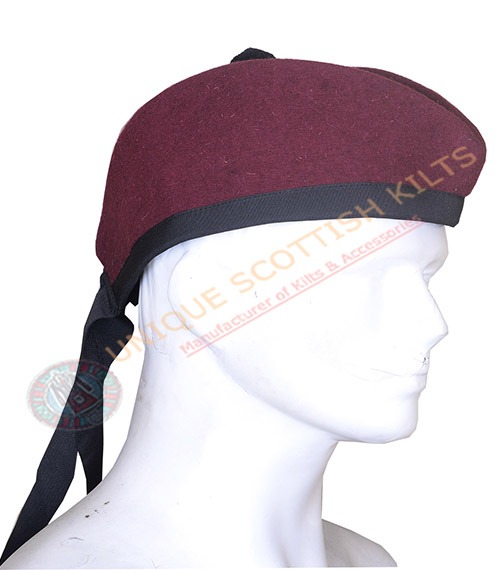
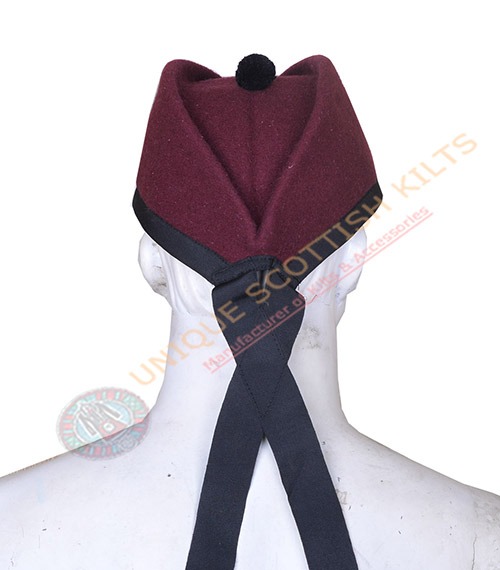
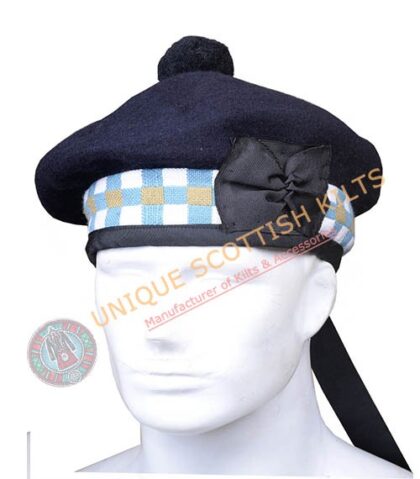
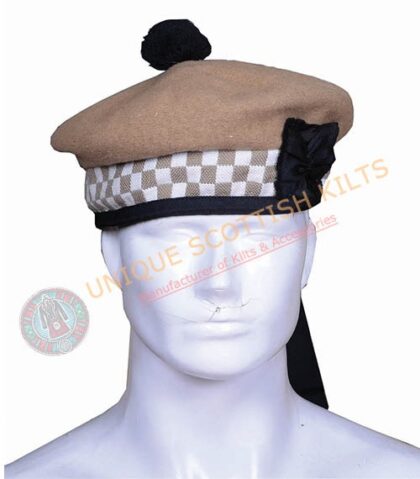
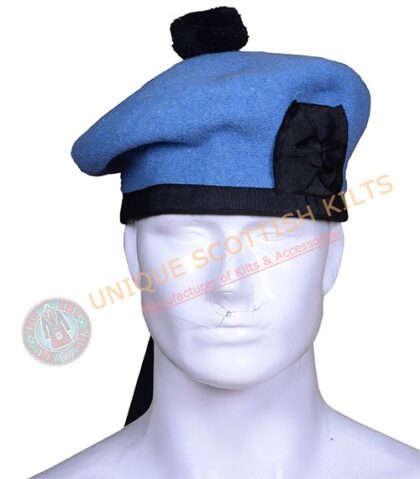
Reviews
There are no reviews yet.